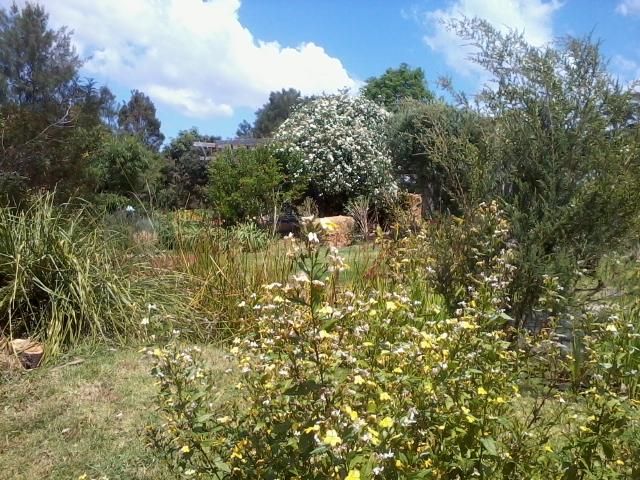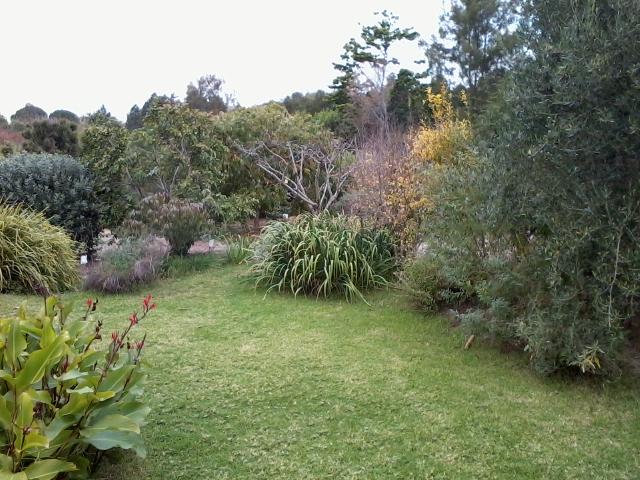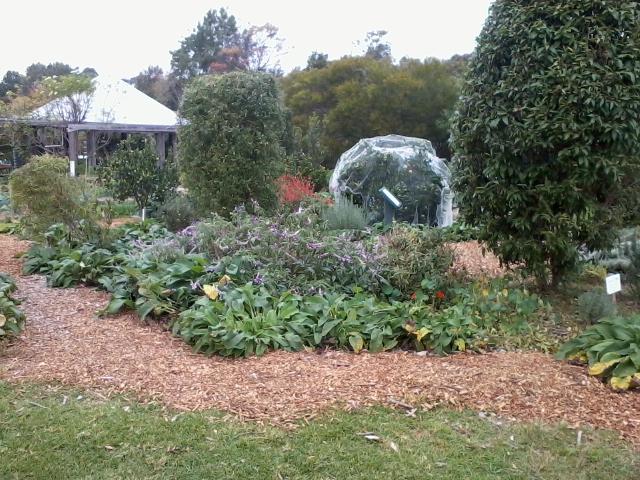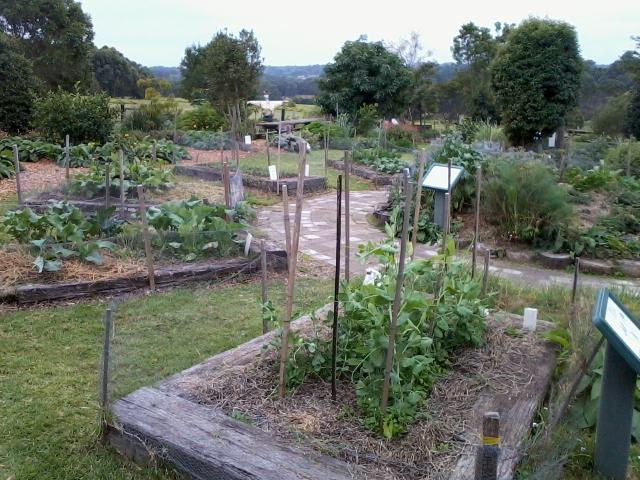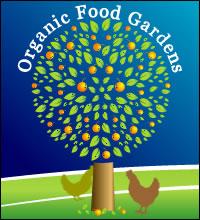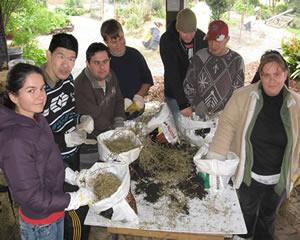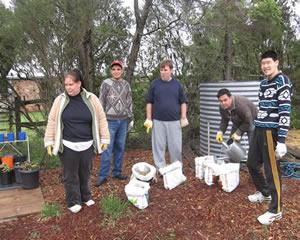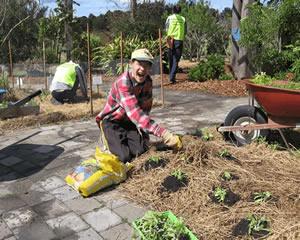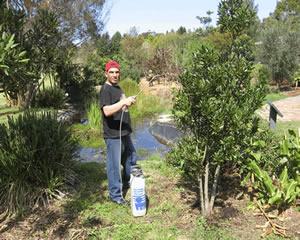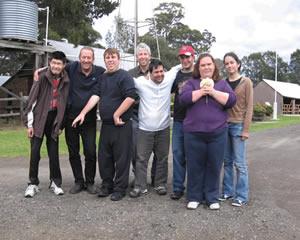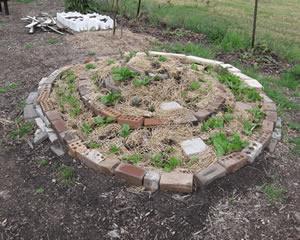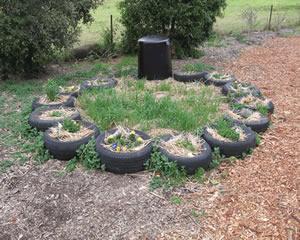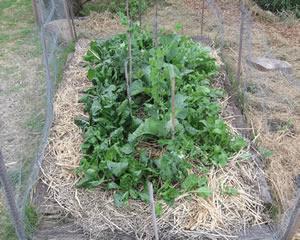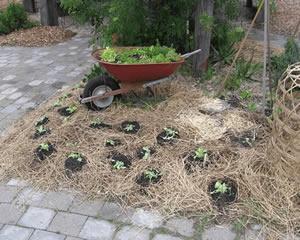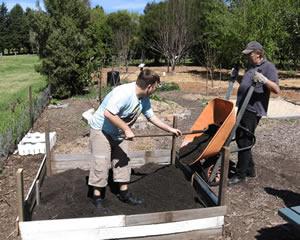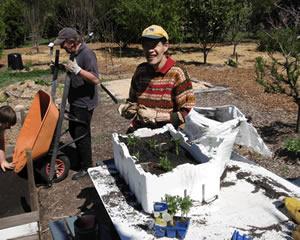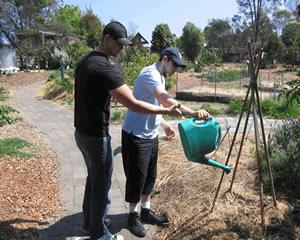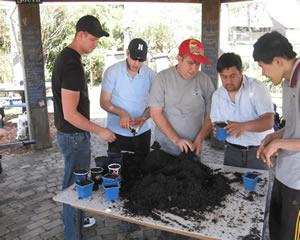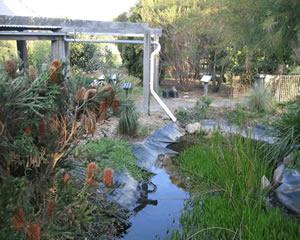Fagan Park, a Showcase of sustainable gardening
With recycled pavers making footpaths and old railway sleepers forming gardens, the Eco Garden at Fagan Park is a classic example of an eco-friendly garden.
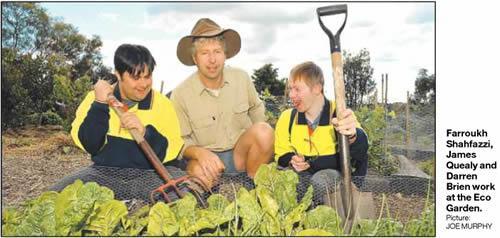
The garden is maintained by two volunteer groups and showcases examples of eco-friendly and sustainable gardening.
The council’s waste education officer Narelle Bowly said “there were hundreds of plants on the site including herbs, fruit, vegetables and nuts”. Native plants were used around the perimeter of the site to act as windbreaks and provide habitat for native fauna. Companion planting has been used to help control pests. Lavender for example has a strong scent which is a great way of detering insects such as aphids.
…extracted from the Hills Shire Times.
James and Teresa had the privilege and pleasure of working with the volunteer groups and Hornsby Council to refurbish the gardens. They are now assisting in the ongoing maintenance of Fagan Park.
Fagan Park – Eco Garden
Fagan Park is an area of approximately 55 hectares and is located at 38-48 Arcadia Road, Galston.
The entire site was donated by the Fagan family to the Crown with Hornsby Shire Council appointed as sole trustee for the park.
The park was adopted as Council’s bicentennial project and was officially opened in November 1988.
James and Teresa have been instrumental in the rebirth of the Eco Garden, officially opened in September 2009. The garden uses permaculture as the basis of its design principles.
Galston is a suburb of northern Sydney about 36 kilometres north-west of the Sydney CBD and is part of the Upper North Shore region.
Enjoy some of the delights of the eco garden crops and permaculture principles in action.
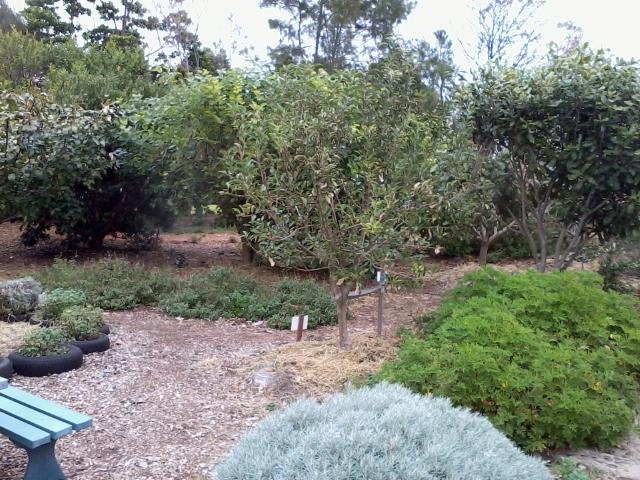
An innovative way to re-use re-cycle old tyres. These tyres are providing a no dig garden in Zone 3 growing potatoes.
|
Beetroot, lettuce and carrots |
Cabbage and Endive |
 Greens for your garden |
 Lavendar, Celery and Spinach |
|
Peas and Beans |
Silverbeet, Lettuce and Celery |
Delighted with our Garden: a testimonial
I have been meaning to write to you for a while.
We are so happy and very proud of our garden and we are already consuming some of the foods you have planted.
Jonathan and I often laugh, when we remember you recommended planting many more plants, while we resisted, not wanting to have too much of a ‘farm’.
Well, if you could come and see our garden now, you would laugh too.
We have too many plants/seedlings to remember and we can’t go past a nursery without coming out with new ones.
So far we’ve added: carrot, eggplant, zucchini, garlic, beans, sweet peas, english spinach, more shallots, even leek, corn, tomato, 2 blue berry bushes, capsicum, rocket, fennel and a few chillies.
Annette & Jonathan
East Balmain
Sept 2011
Features of the Eco Garden
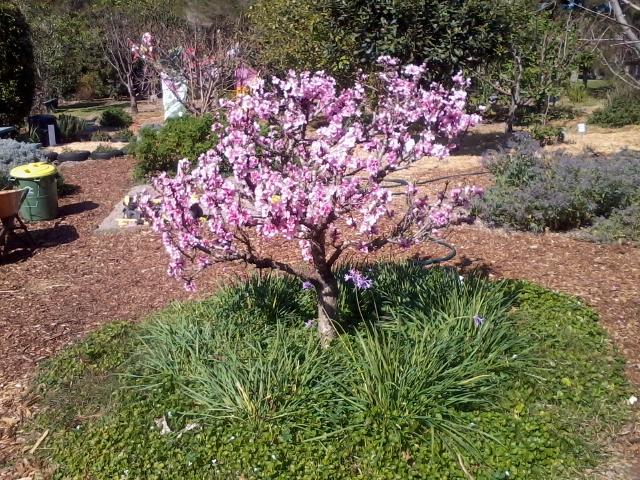
Coloured flowers attract good insects to the garden e.g. Butterflies and Lady Beetles
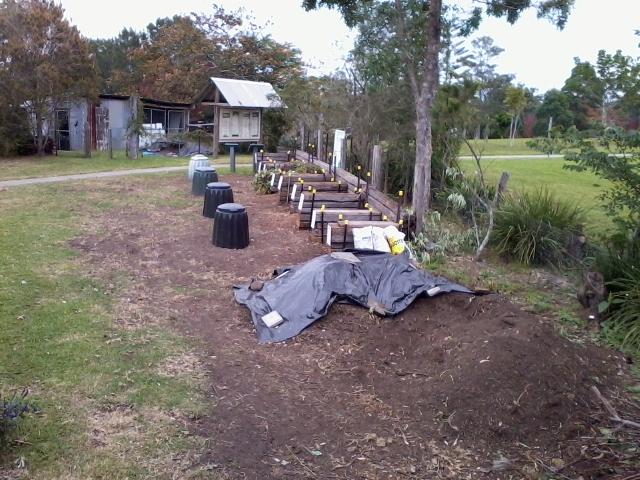
Composting is used to replenish the gardens
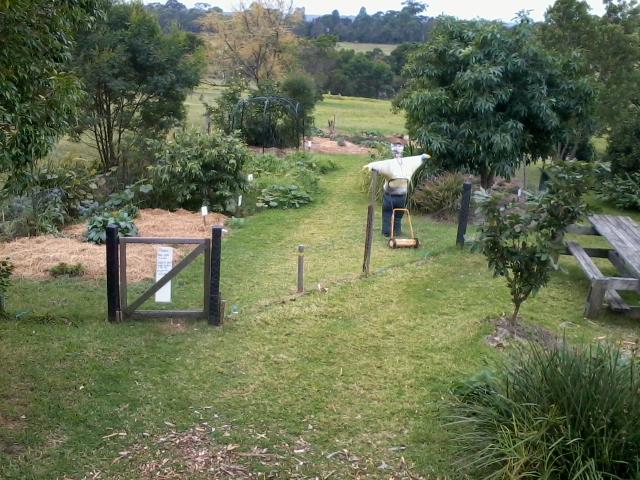
Green manure crops to build up the gardens and fertilise in a natural way, returning nitrogen to the soil.
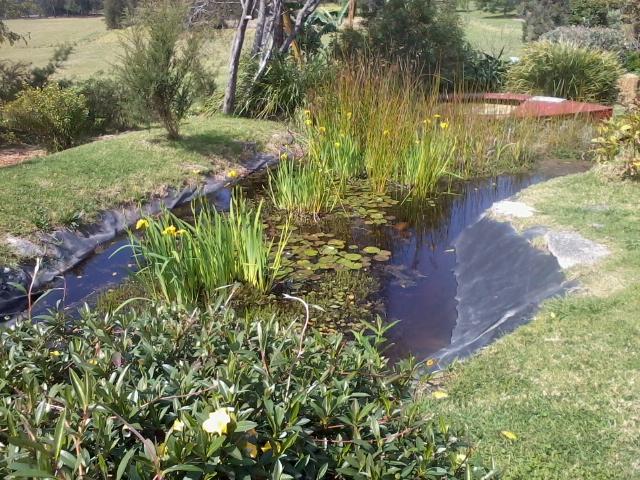
Another permaculture principle is having a pond in the garden. Ponds are also used to catch and store water which cannot be absorbed by the ground. It attracts local birds, provides a tranquil place to contemplate.
